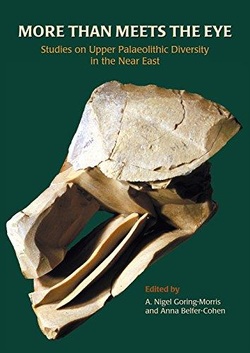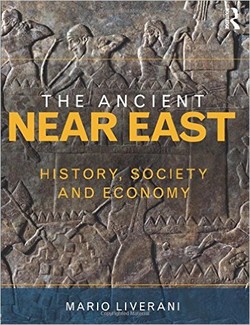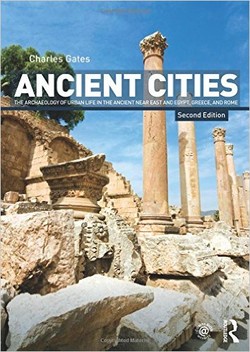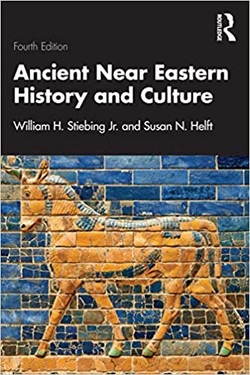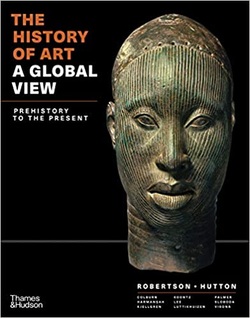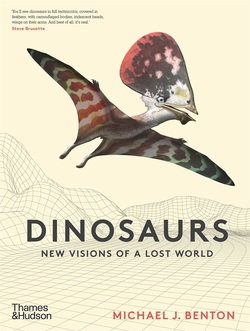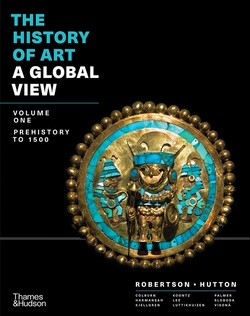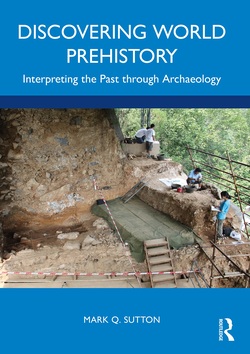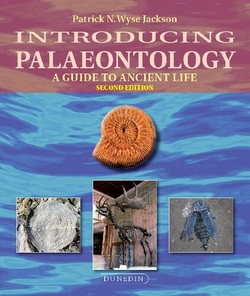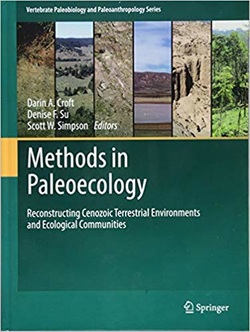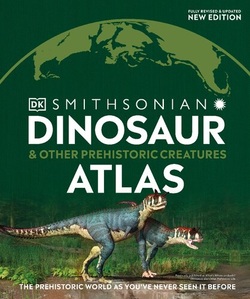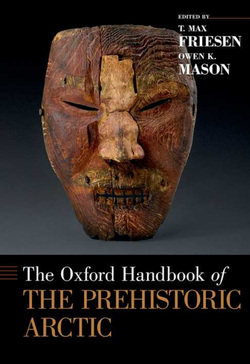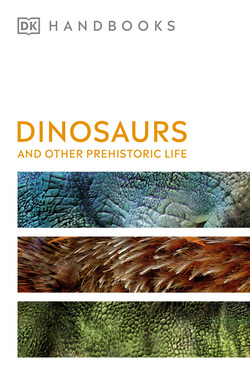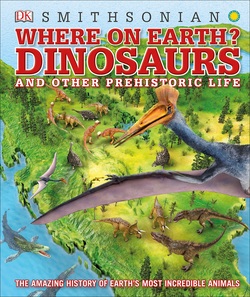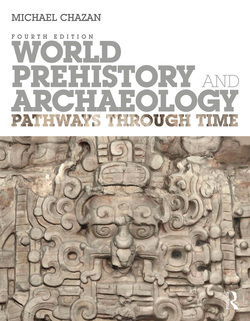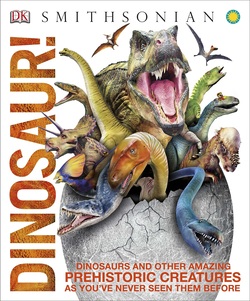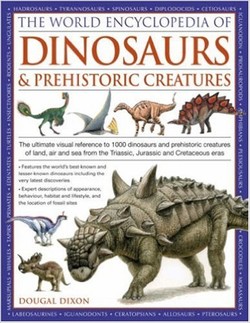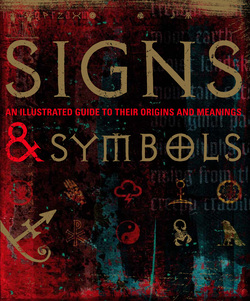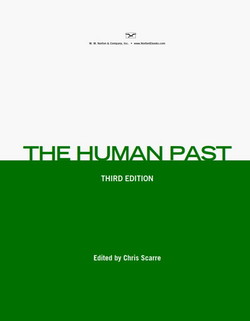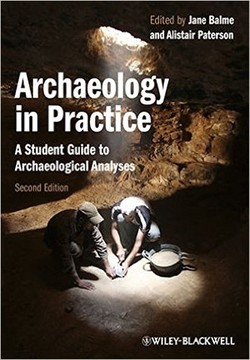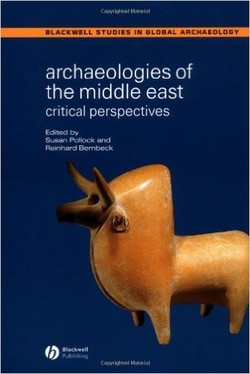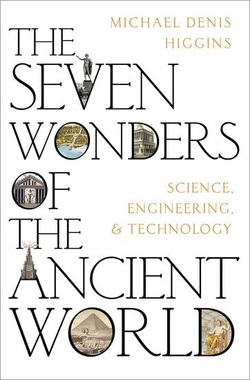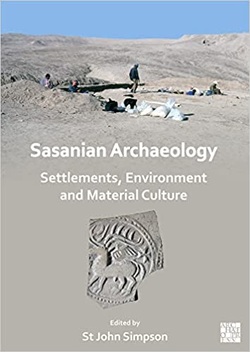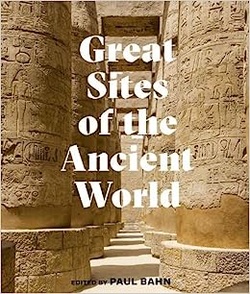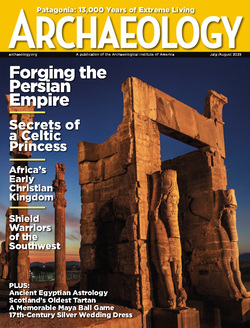ابزارهای سنگی در دوران پارینه سنگی و نوسنگی شرق نزدیک
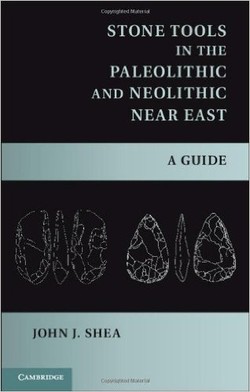
کتاب “ابزارهای سنگی در دوران پارینه سنگی و نوسنگی شرق نزدیک” رکورد سنگی برای خاور شرق مدیترانه از زمانهای اولیه تا 6,500 سال قبل را بررسی میکند.
این کتاب هم بهعنوان معرفی این شواهد سنگی برای دانشجویان و هم بهعنوان منبعی برای محققانی که با شواهد ابزار سنگی دوران پارینه سنگی و نوسنگی کار میکنند؛ مورد توجه قرار گرفته است.
کتاب پیش رو توسط تحلیلگر سنگی و سنگزن حرفهای نوشته شده است و بهصورت سیستماتیک، تنوع در فناوری، نوعشناسی و صنایع را برای دورههای پارینه سنگی پایینی، میانه و فوقانی، فراپارینه سنگی و نوسنگی در شرق نزدیک را بررسی میکند. همچنین با طرحیهایی از ابزارهای سنگی، در سطح گستردهای بهتصویر کشیده شده است.
این کتاب هم بهعنوان معرفی این شواهد سنگی برای دانشجویان و هم بهعنوان منبعی برای محققانی که با شواهد ابزار سنگی دوران پارینه سنگی و نوسنگی کار میکنند؛ مورد توجه قرار گرفته است.
کتاب پیش رو توسط تحلیلگر سنگی و سنگزن حرفهای نوشته شده است و بهصورت سیستماتیک، تنوع در فناوری، نوعشناسی و صنایع را برای دورههای پارینه سنگی پایینی، میانه و فوقانی، فراپارینه سنگی و نوسنگی در شرق نزدیک را بررسی میکند. همچنین با طرحیهایی از ابزارهای سنگی، در سطح گستردهای بهتصویر کشیده شده است.
سال انتشار: 2013 | 422 صفحه | حجم فایل: 8 مگابایت | زبان: انگلیسی
Stone Tools in the Paleolithic and Neolithic Near East: A Guide
نویسنده
John J. Shea
ناشر
Cambridge University Press
ISBN10:
1107006988
ISBN13:
9781107006980
قیمت: 16000 تومان
برچسبها: خاور نزدیک دیرینه شناسی ماقبل تاریخ Stone Tools in the Paleolithic and Neolithic Near East: A Guide surveys the lithic record for the East Mediterranean Levant (Lebanon, Syria, Israel, Jordan, and adjacent territories) from the earliest times to 6,500 years ago. It is intended both as an introduction to this lithic evidence for students and as a resource for researchers working with Paleolithic and Neolithic stone tool evidence. Written by a lithic analyst and professional flintknapper, this book systematically examines variation in technology, typology, and industries for the Lower, Middle, and Upper Paleolithic; the Epipaleolithic; and Neolithic periods in the Near East. It is extensively illustrated with drawings of stone tools. In addition to surveying the lithic evidence, the book also considers ways in which archaeological treatment of this evidence could be changed to make it more relevant to major issues in human origins research. A final chapter shows how change in stone tool designs point to increasing human dependence on stone tools across the long sweep of Stone Age prehistory.
